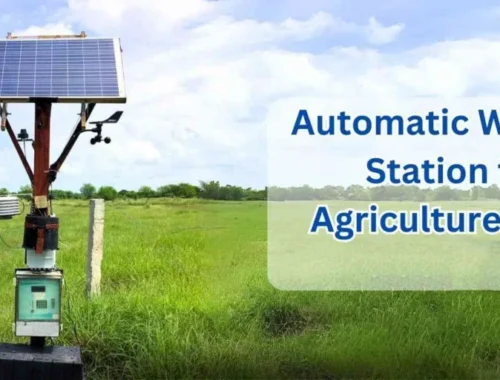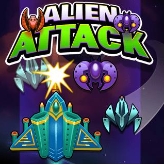The OnX App Makes Finding the Perfect Campsite Easy
One of the more time-consuming challenges of public-land Airstreaming? Locating good sites. This app helps.
Earlier this month, we started our inexorable migration south, following the animals and the warmth and the dry singletrack through Texas, Arizona, and California. Our first stop a few weeks ago was to the open sage-lands and rocky hills of the Sacramento Range, which we'd just swung by last year. The plan was to head straight back to where we’d camped before, while giving ourselves more time to explore. Then we hit our first snag.
“They closed that road,” a friend of mine said when I told him where we were headed. “Pretty sure you can’t camp there anymore.” I asked a few more people familiar with the area, and no one knew for sure. A call to the Fish and Game office in Roswell for clarity went unanswered. So I turned to OnX.
One of the more time-consuming challenges of public-land Airstreaming is locating good sites. Before any move, we use a range of tools, from Google Earth to Garmin Basecamp, to study the topography and settle on a few possible spots in advance. Of late, however, we’ve been mostly using OnX.
We started using this software a couple of years ago for hunting, which is the company’s primary focus. At the time, you purchased state-by-state chips that contained detailed maps and loaded those on compatible GPS devices, such as Garmin 35T. It worked well for activities in the field, such as bikepacking and hunting, but the tether to a GPS and the lack of an interface through a laptop made it tough to integrate with our other systems.
That changed late this summer, when OnX unveiled the latest version of the program, including phone- and computer-based app integration. An annual subscription costs $30 for a single state or $100 for all 50. The company still sells state-by-state chips ($119/state) for use on GPS, which includes the 50-state subscription, and a subscription also allows you to update the maps on chips you’ve already purchased.
What OnX has created is akin to a souped-up, fully integrated version of Google Maps. Get on the site or app, and you can drill down in ridiculous detail to anywhere in the country. Maps can be viewed in line topo form, overhead satellite imagery view, or an awesome hybrid of both that overlays topographical contours directly over top of the satellite pictures. There are countless overlays that can be toggled on and off, most importantly the settings that show public and private lands, including contact information for all landowners. That means you can quickly look at an area and determine where it’s possible to camp, then zoom in on the satellite imagery and really hone in on great spots, with views so detailed it’s possible to see whether a road is too rough for passage or whether a spot would be good for collecting solar all day.
The outdoors features are just as cool, too. Trails, campgrounds, viewpoints, and many other icons and layers makes moving in the woods easier. If you like to wander in the backcountry, the satellite imagery is incredible for finding your way around most efficiently. And there’s even a heat-map layer that shows roadless areas for those who really want to get away. OnX has also solved the problem of connectivity. If you know you won’t have service while you’re out, you simply download custom area maps for the places you’ll be traveling, and then the app locates you and allows you to navigate offline. It’s worth noting that all of these features and data are available elsewhere, but what OnX has done is bundle tons of great information together and make it simple to negotiate via a user-friendly interface.
In the case of our trip to the Sacramento Range, I simply fired up OnX Hunt and discovered that while passage on the road in question had indeed been closed, the new swath of private property was three-and-a-half miles from the highway, well after the spot where we planned to camp. While perusing the maps, I also discovered a couple of other side roads that looked to have even better spaces for parking Artemis, which I marked with waypoints. We headed south, and even though we arrived after dark, we were able to navigate right to the spots I’d found. What followed was another week in another free secluded BLM campsite, with hiking and biking option all to ourselves.
We had service, too, which meant when it came time to find where we’d go next, we simply decided on a general trajectory, logged into OnX, and started winnowing for another good spot. It’s pretty much how we plan to move as we chase the good weather south this winter.
You May Also Like

AWS Weather Station: Monitoring Environmental Conditions with Precision
March 17, 2025
Sprunki: A Comprehensive Exploration of Its Origins and Impact
March 19, 2025